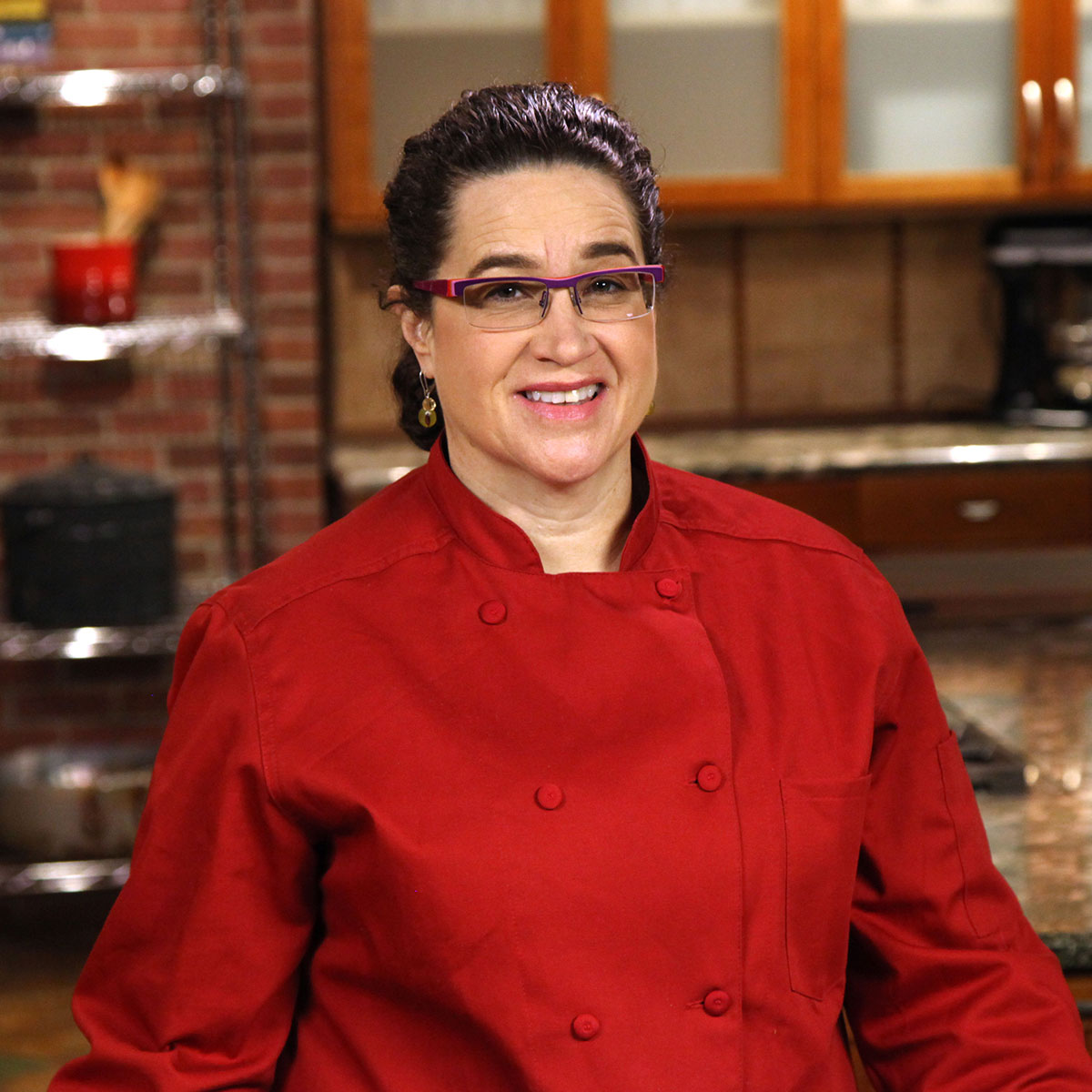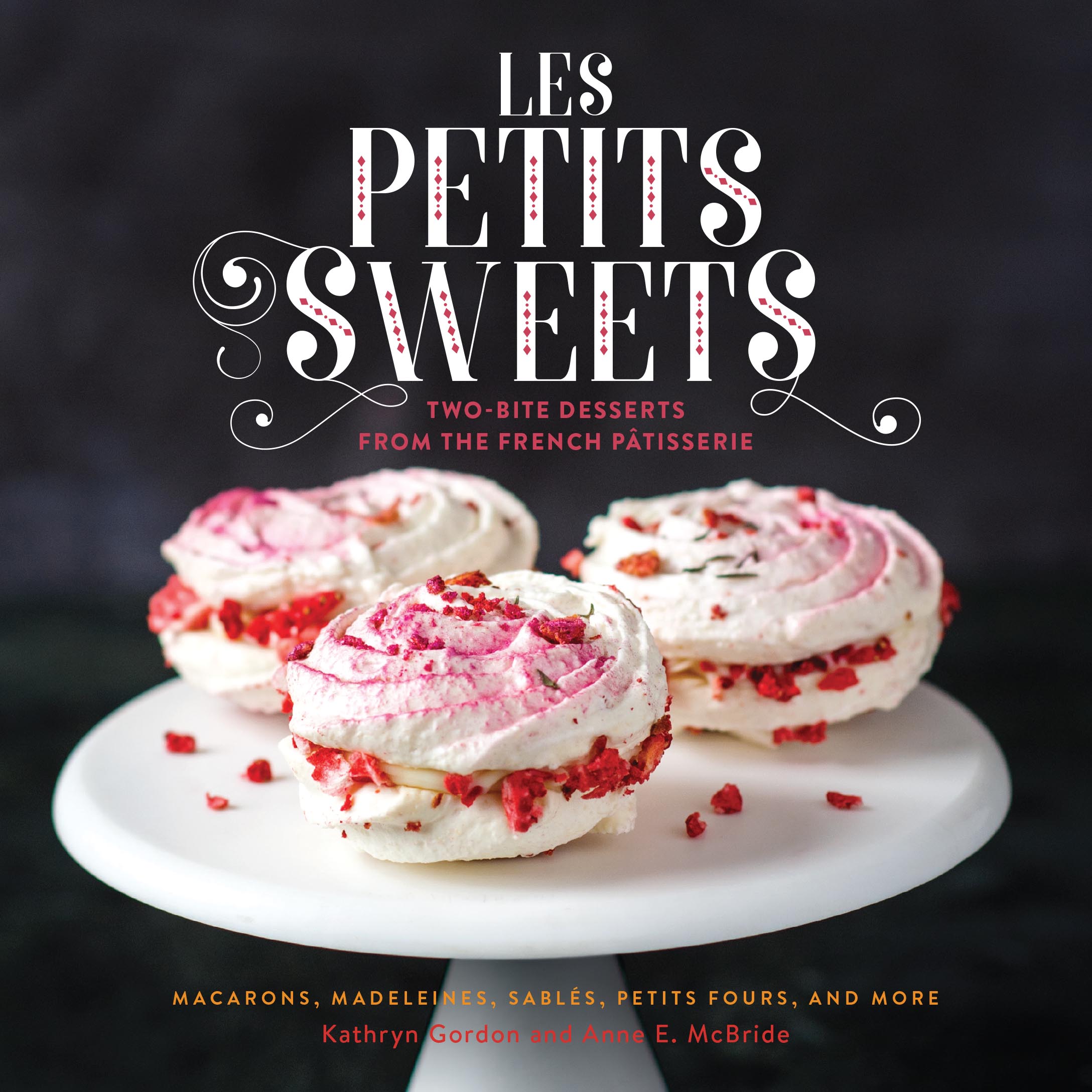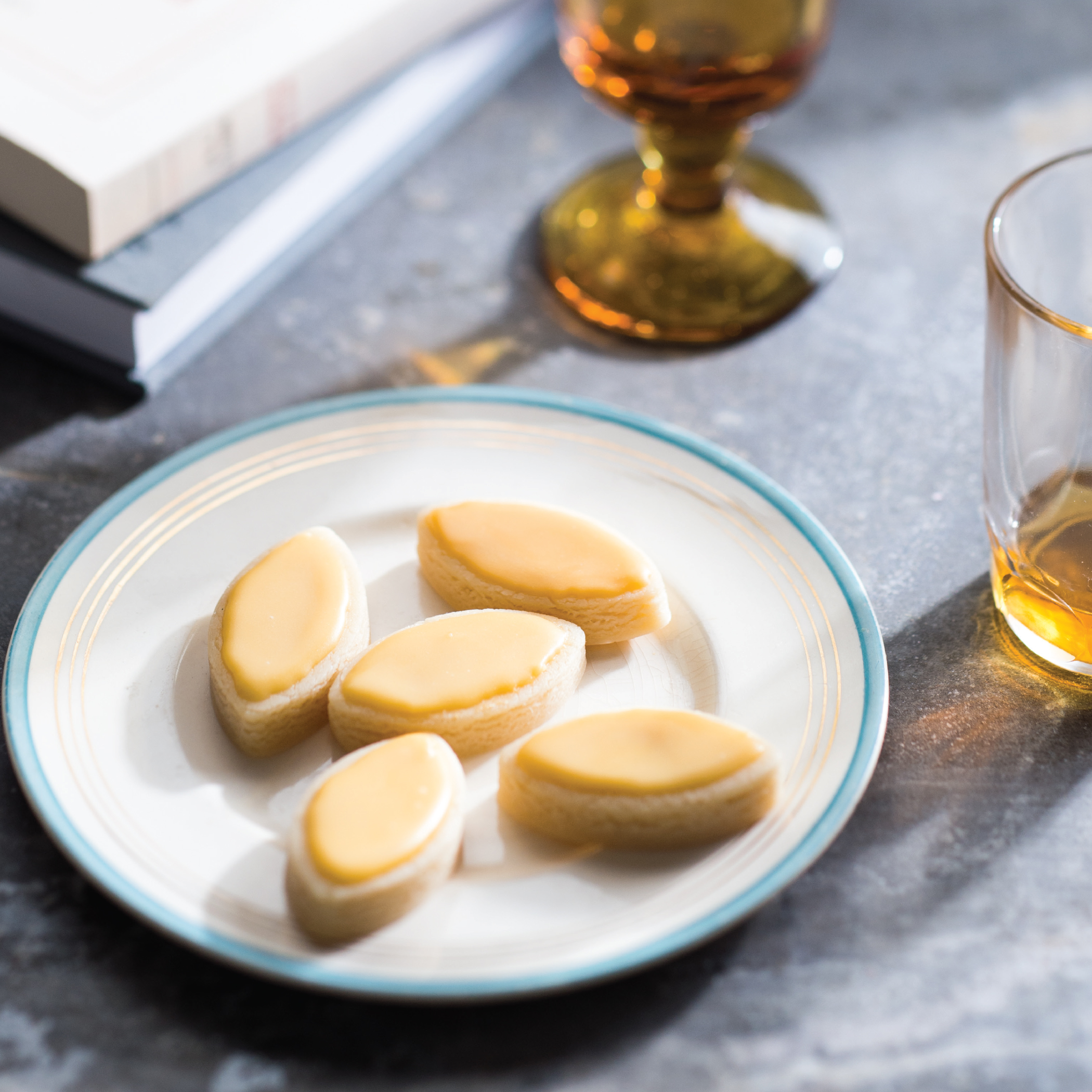MRM Talking With: Kathryn Gordon, Author of ‘Les Petits Sweets’ and ICE Chef-Instructor
6 Min Read By MRM Staff
In this edition of MRM “Talking With,” Kathryn Gordon, Co-Chair, Center for Advanced Pastry Studies (CAPS), Pastry & Baking Arts Chef-Instructor at the Institute of Culinary Education (ICE), discusses her most recent cookbook, career pursuits and her passion for the French technique. Written with Anne E. McBride, “Les Petits Sweets: Two-Bite Desserts from the French Patisserie” (Running Press) walks readers through the techniques used to make classic French favorites such as madeleines, éclairs, petits fours, caramels and more. After learning the basic techniques behinds each of these classic treats, readers can test their skills on new flavor combinations, such as Pear-Rosemary Madeleines, Strawberry-Matcha Tartelettes and Milk Chocolate-Lime Caramels. Gordon’s first cookbook, “Les Petits Macarons, Colorful French Confections to Make at Home” (Running Press) was released in 2011.
“Understanding basic technique is the foundation of creating delicious pastries,” said Beth Nielsen, Chief Culinary Officer of Nielsen-Massey Vanillas, Inc. “In Les Petits Sweets, Kathryn and Anne demonstrate both the importance of technique and the creativity that comes from experimenting with flavors to give a new twist to a classic favorite.”
While the book’s recipes and inspiration come from France, where Gordon and McBride travel every year, the flavors present in the recipes hail from all over the world.
“When I am recipe testing, I turn to the variety of spices and extracts in my pantry to inspire a world of flavor combinations,” said Gordon. “I keep an assortment of Nielsen-Massey Vanillas products on hand for this very reason – the high quality of the products enhances each element of my recipes, making for a delicious end result that is worth each indulgent bite.”
Read on for the recipe for Orange Blossom Calissons, at the end of the interview.
How did you become interested in pursuing a career in the food industry?
I always liked cooking as a child, from when I was in the Brownies and worked on a badge. But the decision to enter pastry school was pretty arbitrary — I was working in management consulting in Washington, DC, and was in a course by Stephen Covey – 7 Habits of Highly Effective People. I wound up writing about looking into doing for a living what I liked doing as a hobby (cooking). Two weeks later, I was enrolled in pastry school at L’Academie de Cuisine, a classic French program.

What appealed to you about French technique?
To me it is rare to trace the history of any food, baked good, sauce, etc. and not find a French origin. The French are responsible for many aspects of modern cuisine: the structure of most kitchens, fundamental knife skills, terminology. French technique is like a “parent” for many aspects of Western cuisine.
What can people learn from understanding the French technique?
They can learn the theory and master basic skills. I teach full time at the Institute of Culinary Education (ICE) in NYC. Students always “want to play” like they see on TV. You cannot do that, or at least not successfully, without wasting food until you master the core fundamentals of baking and cooking; then you can make adjustments, tweak flavors, and find your own path.
Why is dessert important to a restaurant menu?
Dessert is the last course out. If something has gone wrong with either service or food during the meal — that is the business’s last chance to make a correction. Send out a free plate, offer some nice petits fours, and the last impression guests have can bring a smile to their faces.
Why did you write this book and what was the process like?
This was the second cookbook I have written with my co-writer, Anne E. McBride. We had more time in our contract than we did for the first book on macarons. At the time the macaron book was published, there were not yet many books out on macarons and we knew that. For this one, we were asked by our editor to do a book on bite-sized desserts. I always begin by writing lists: categories, French flavors, possible combinations. Then I write the recipes down “out of my head” and type them so I can read them again (nobody can read my hand writing, sometimes not even me). Then begins a period of recipe testing — and I’m lucky to get students from ICE to help with that process.

What goes into recipe testing?
For me, it’s a long process. Sometimes you have to make something several times, maybe even 30 times. I want to standardize in grams and the publisher wants it in volume measurement, and they have to correlate. This book was more difficult than the first in the sense that there were fillings and glazes for some items, and I didn’t want anyone to have massive quantities of leftovers and the yields for the item, filling and glaze all had to match up. Eventually, I can finalize a recipe, write it up — and send it out to people to test in home ovens, so we can make sure it doesn’t just work in an industrial setting.
What do you feel are challenges faced by the restaurant industry?
Waste — food waste, managing food costs well, and not mandatory recycling. Wages — in that wages paid to restaurant workers are not living wages, yet owners have high rents and fees to pay and many businesses fail.
What are some trends you are seeing on dessert menus?
Ancient grains and gluten free.
What is your favorite dessert?
Ice cream or a puckery lemon tart.

|
|

